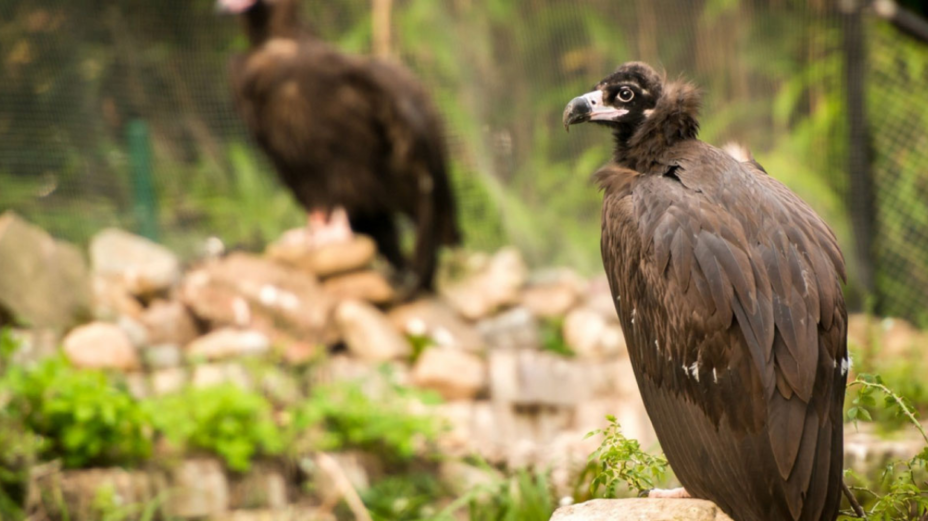Rupis – the subadult Egyptian vulture which was captured and tagged in the framework of the project LIFE Rupis in July, spent the best part of September in an area west of Salamanca, not very far away from the Portuguese border (see map).
Fieldteams sent to the site to see what attracted him so much to the area actually saw Rupis there, together with a number of other Egyptian vultures, griffon vultures and red kites, feeding around several herds of grazing cattle. It is likely that Rupis and the other scavengers took advantage of the placentas left by calving cattle. They were also seen often feeding around the dung piles scattered on the fllor.
Rupis was captured close to Miranda do Douro in the upper Douro canyon. As a 3rd year, it was not breeding, but its detailed movements are very useful to identify suitable foraging areas and preferred feeding sites for the species in the region.
Then, on 20th September, at 10am Rupis started its migration south – see map. Flying fast and looking like he knew where he was going – he has already migrated once or twice in his life – Rupis then covered 700km in 2 days. He arrived in the straits of Gibraltar area on the 22 nd September around midday, and crossed to Africa almost immediately, taking advantage of good conditions at the straits, flying over the sea to the west of Gibraltar (see map).
The bulk of Egyptian vulture passage has already occurred, but colleagues from Fundación Migres who are monitoring the passage at the straits mentioned that there is still a daily passage of between 30 and 70 Egyptian vultures, including adults, sub adults and young from the year, in small groups or flying single.
Rupis spent its first night in Africa west of Meknes, and no doubt will continue south in the next few days – please see his migration at
http://www.4vultures.org/our-work/monitoring/egyptian-vulture-online-maps/
